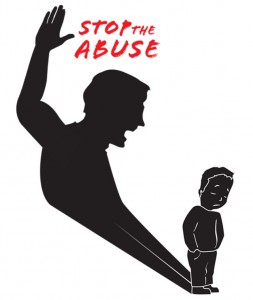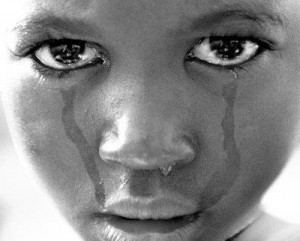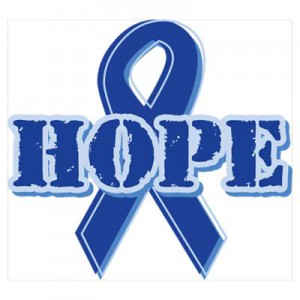So, what is child physical abuse?
 The actual definitions vary by state, but we would consider any physical act by a caregiver that results in a child being hurt or injured. Pennsylvania’s definition of child abuse has changed as a result of recent amendments to our Child Protective Services Law (CPSL). Effective December 31, 2014, the expanded definition of child abuse lowers the standard of what will be considered child abuse under CPSL.
The actual definitions vary by state, but we would consider any physical act by a caregiver that results in a child being hurt or injured. Pennsylvania’s definition of child abuse has changed as a result of recent amendments to our Child Protective Services Law (CPSL). Effective December 31, 2014, the expanded definition of child abuse lowers the standard of what will be considered child abuse under CPSL.
The definition of child abuse has been amended to require that acts or failures to act be committed intentionally, knowingly or recklessly.
Child abuse has been redefined to:
- Lower the threshold from serious physical injury to bodily injury which requires impairment of a physical condition or substantial pain rather than severe pain or lasting impairment.
- Include behaviors that result in exposing children to potentially harmful medical evaluations or treatment such as fabricating, feigning or inducing a medical symptom or disease (Munchausen Syndrome by Proxy).
- Lower the threshold for serious mental injury to include causing or substantially contributing to the injury through any act or failure to act or series of such acts or failures to act.
The former category of imminent risk has been clarified to include:
- Kicking, biting, throwing, burning, stabbing or cutting a child in a manner that endangers the child;
- Unreasonably restraining or confining a child;
- Forcefully shaking, slapping or otherwise striking a child under one year of age;
- Interfering with the breathing of a child;
- Causing the child to be present at a methamphetamine lab, provided there is a law enforcement investigation occurring;
Causing the death of a child through any act or failure to act.
Recognizing signs and symptoms of abuse and neglect
How widespread a problem is it?
In 2014, over 29,000 reports of suspected child abuse were  received (a 9% increase over 2013) to child protective services and/or law enforcement in Pennsylvania. Of this number, just over 3,300 were substantiated. In Mercer County, these number were 296 reports with 50 substantiated. These numbers represent only those children whose situations were reported. It’s very likely that many more children are physically abused than the number that are reported.
received (a 9% increase over 2013) to child protective services and/or law enforcement in Pennsylvania. Of this number, just over 3,300 were substantiated. In Mercer County, these number were 296 reports with 50 substantiated. These numbers represent only those children whose situations were reported. It’s very likely that many more children are physically abused than the number that are reported.
What are the effects of physical abuse on children in the long term?
The impact of physical abuse on a child’s life can be far-reaching. It is especially devastating when a parent, the person a child depends on for protection and safety, becomes a danger. Some become  anxious and depressed. many physically abused children become aggressive themselves and have other behavioral problems.
anxious and depressed. many physically abused children become aggressive themselves and have other behavioral problems.
Children who’ve been physically abused often have social problems. they don’t do very well at developing and maintaining friendships. They don’t trust authority figures. They don’t feel good about themselves or see themselves as worthy. They may blame themselves for the abuse and feel that they must keep what goes on in their families a secret. Reactions vary depending on the age of the child, the kind of abuse, and how long it continues.
long term consequences of abuse on children
How can I help?
First and foremost, the safety of the child must be seen to. If you suspect abuse or have knowledge of abuse, call ChildLine at 1-800-932-0313.
Treatment can help parents stop abusing their children and keep  their children safe. It is possible to improve abusive parents’ parenting skills and reduce their abusive behaviors. We also know that there are effective treatments for children’s traumatic stress reactions including improved social lives, relationships, school performance and aggressive behaviors.
their children safe. It is possible to improve abusive parents’ parenting skills and reduce their abusive behaviors. We also know that there are effective treatments for children’s traumatic stress reactions including improved social lives, relationships, school performance and aggressive behaviors.